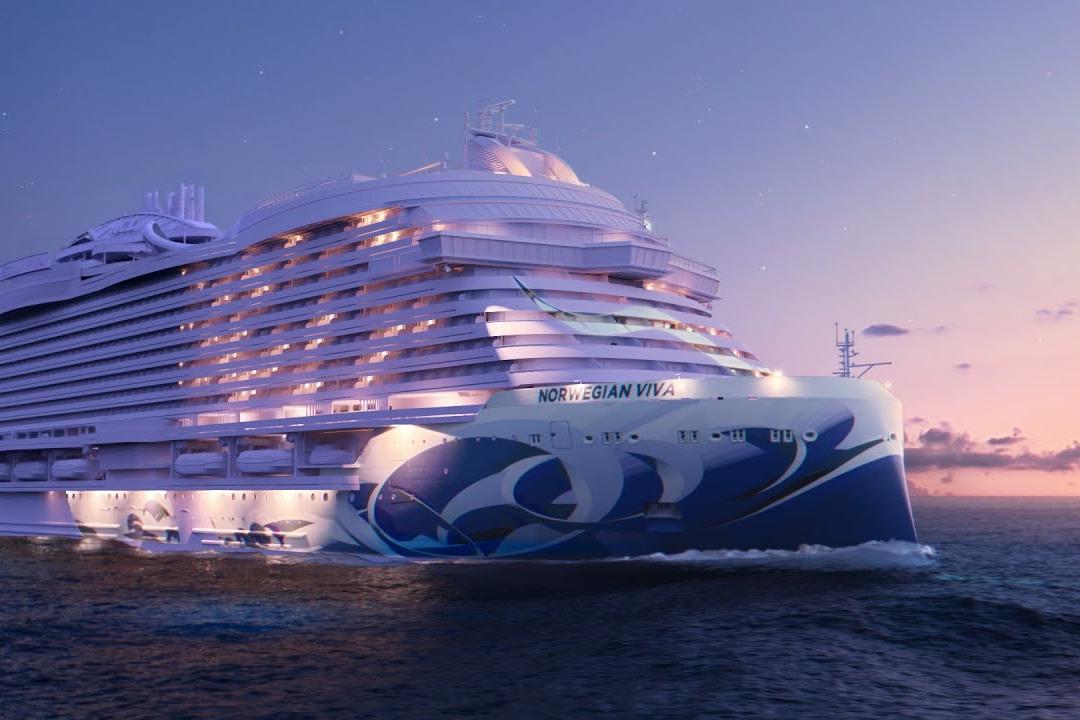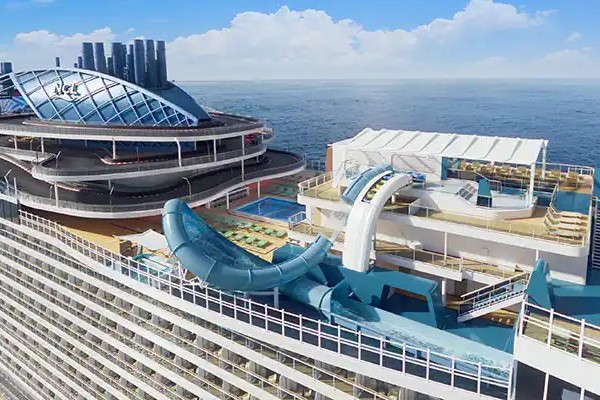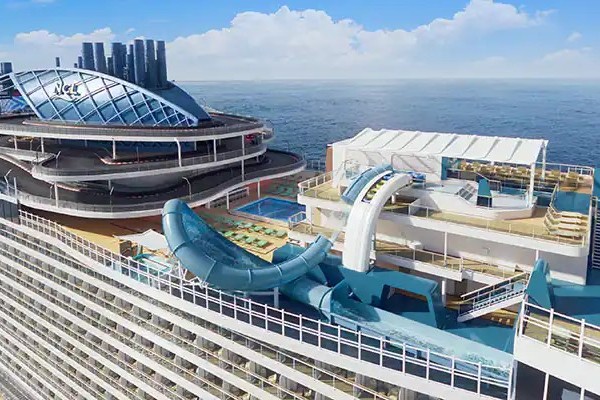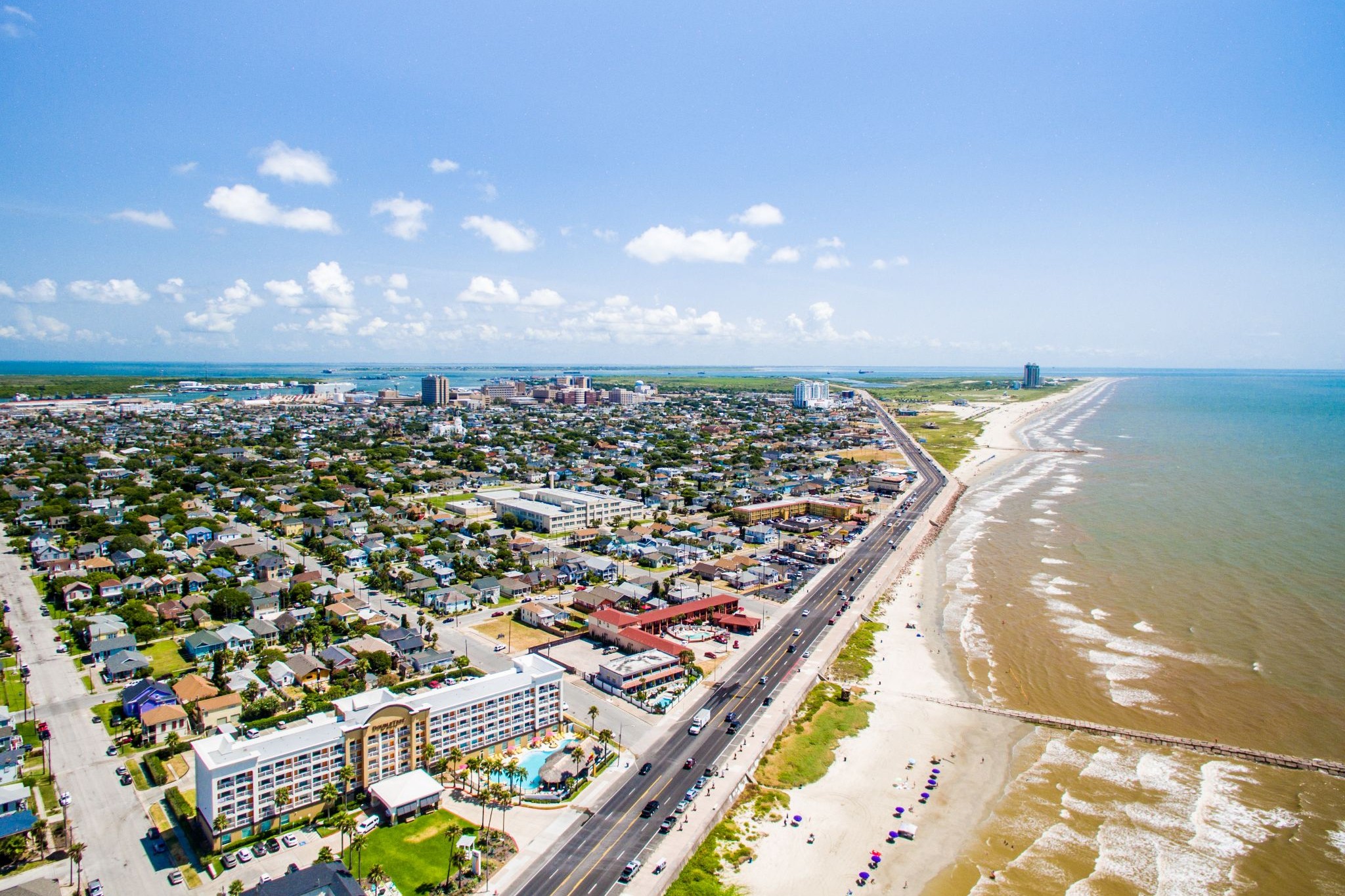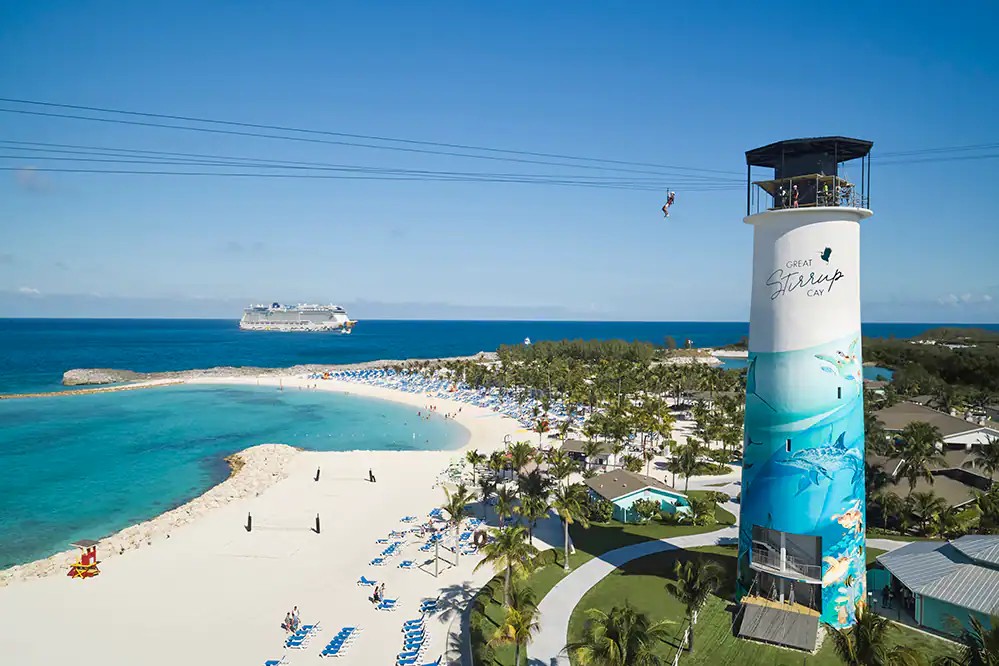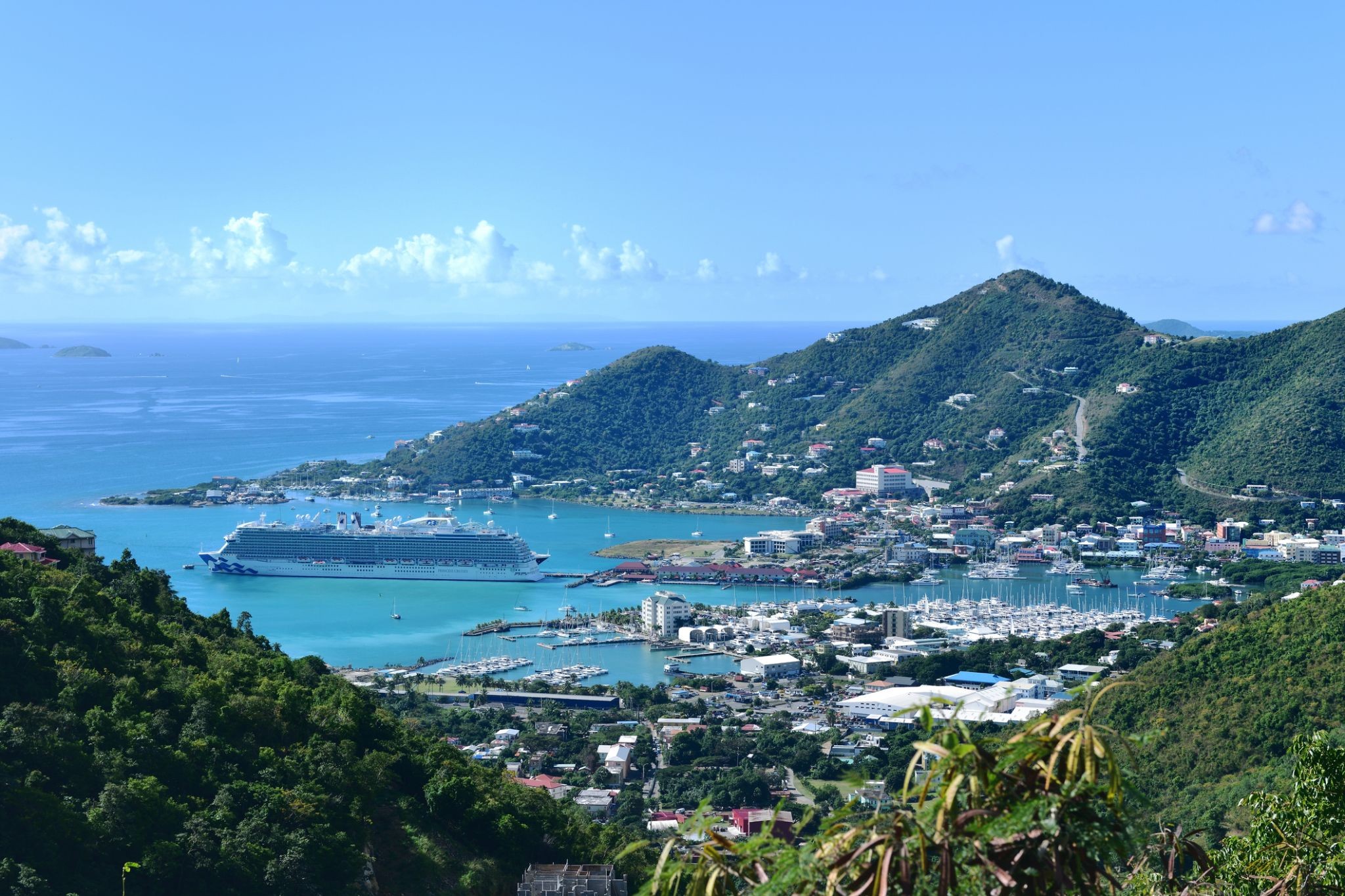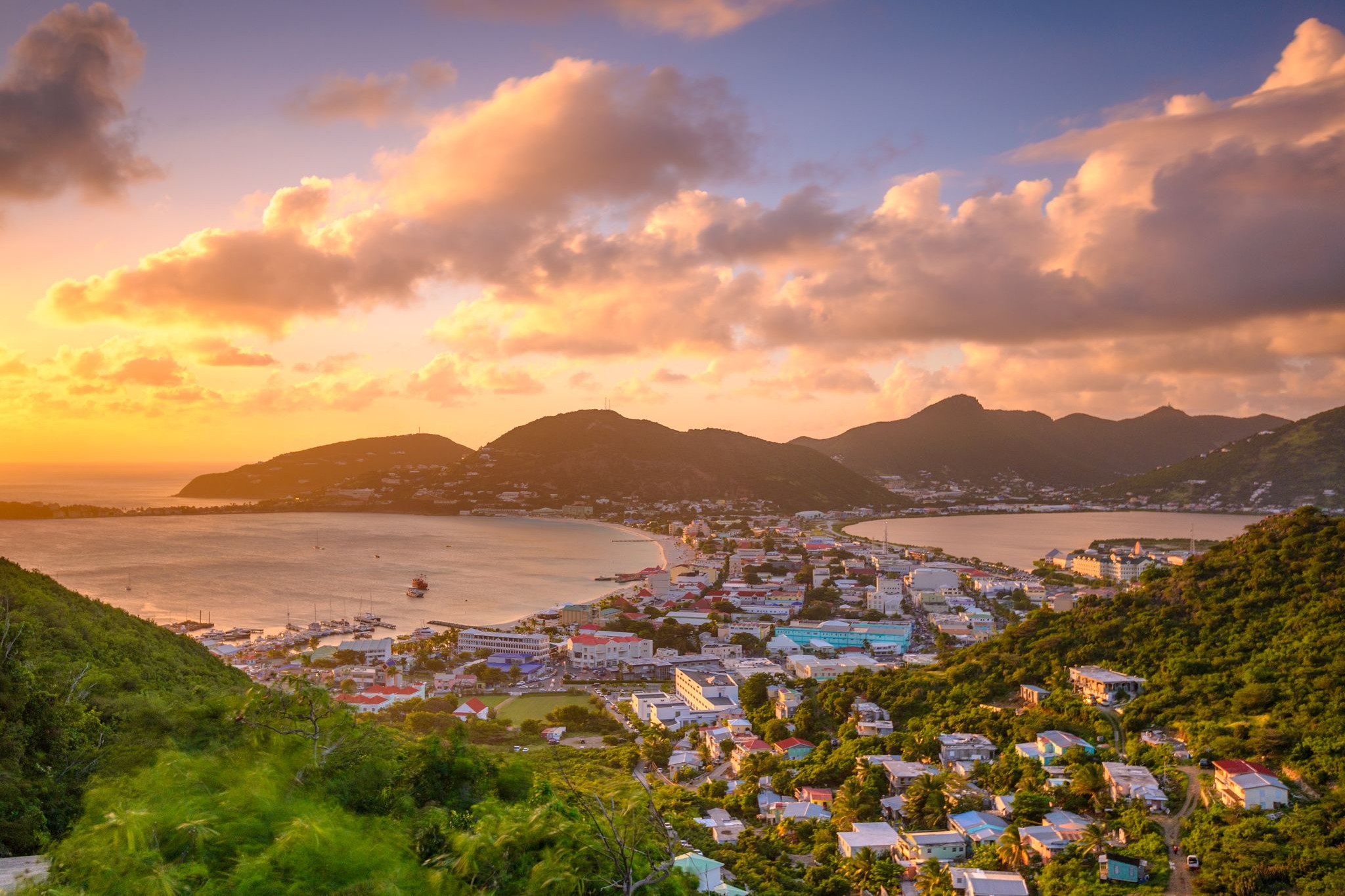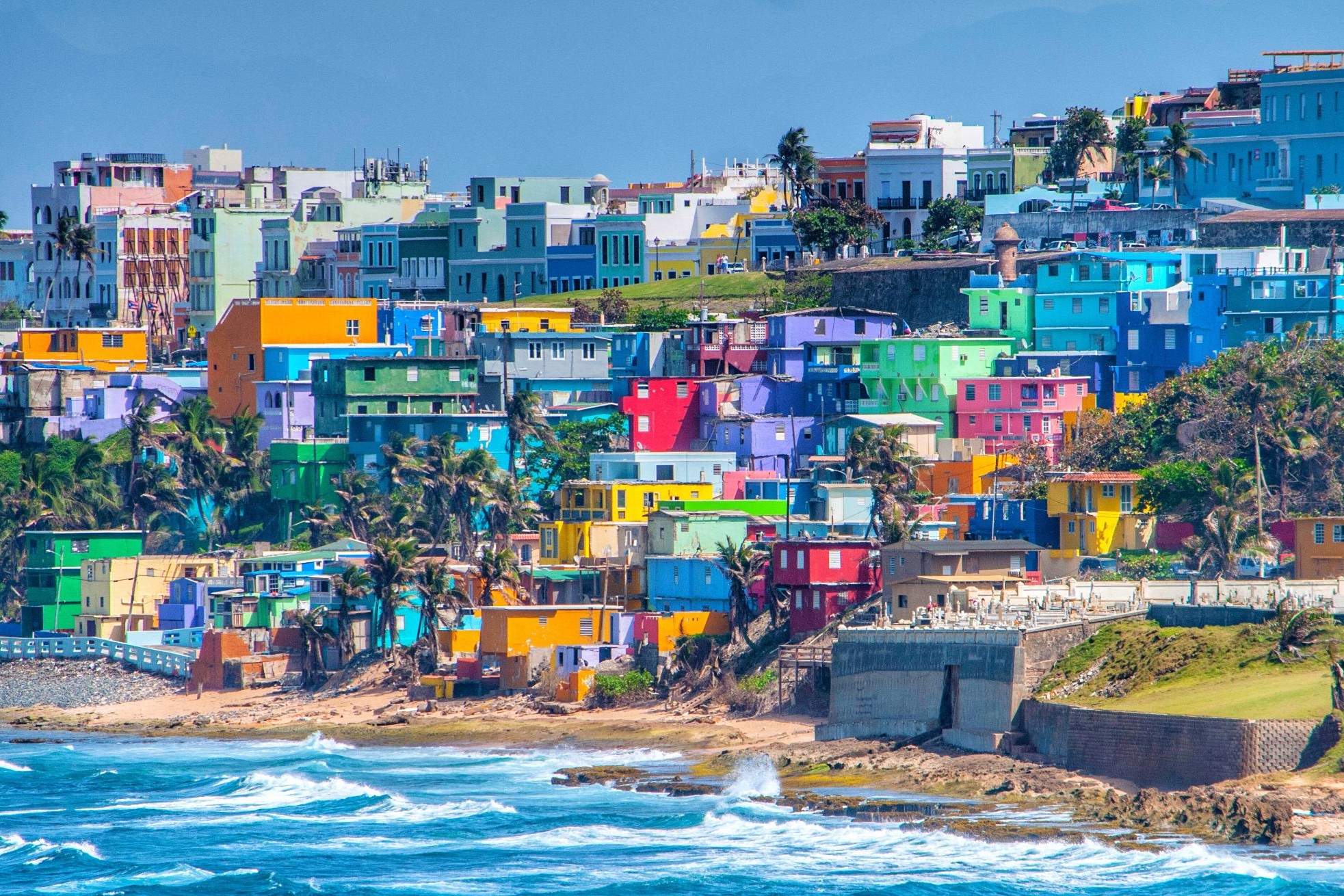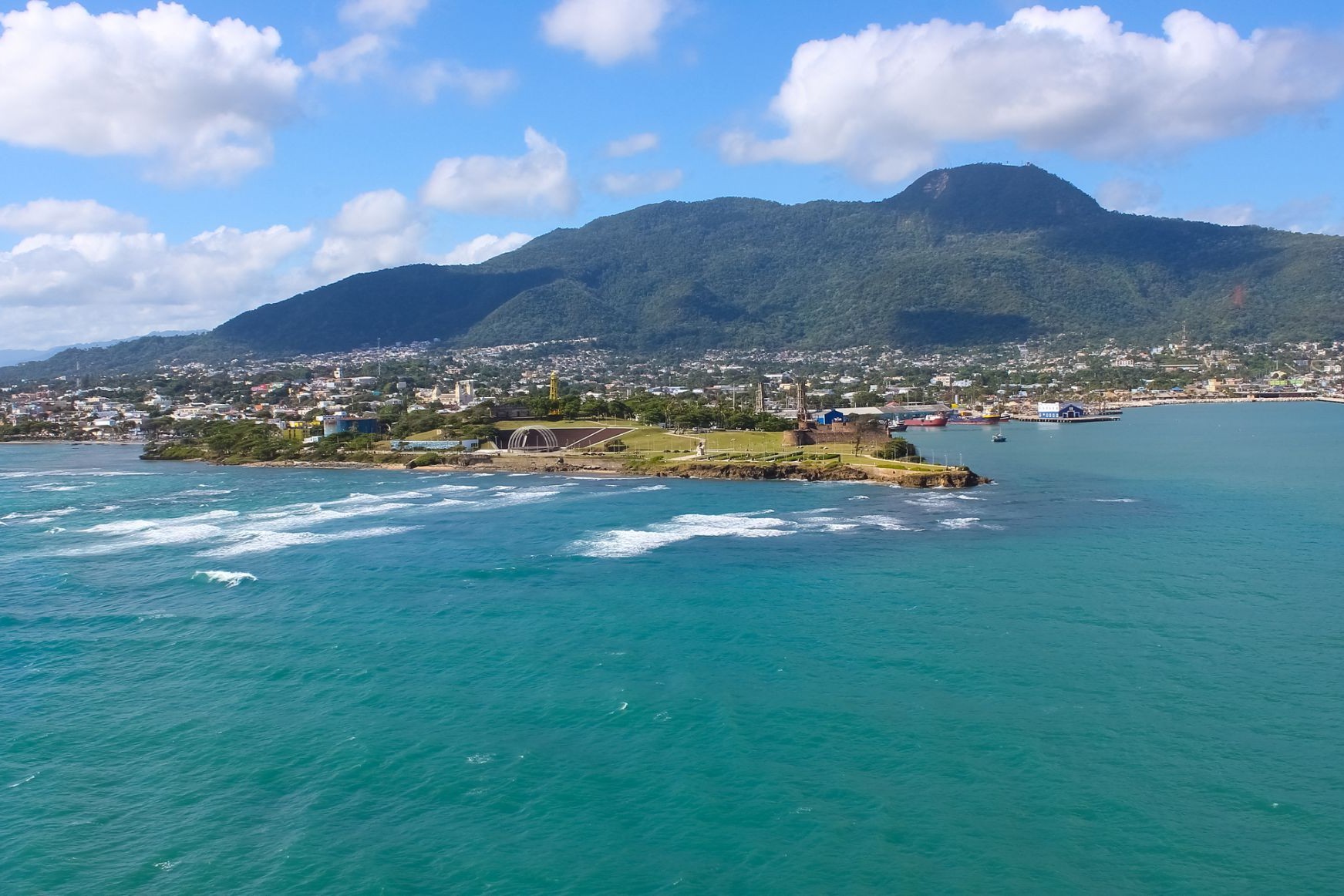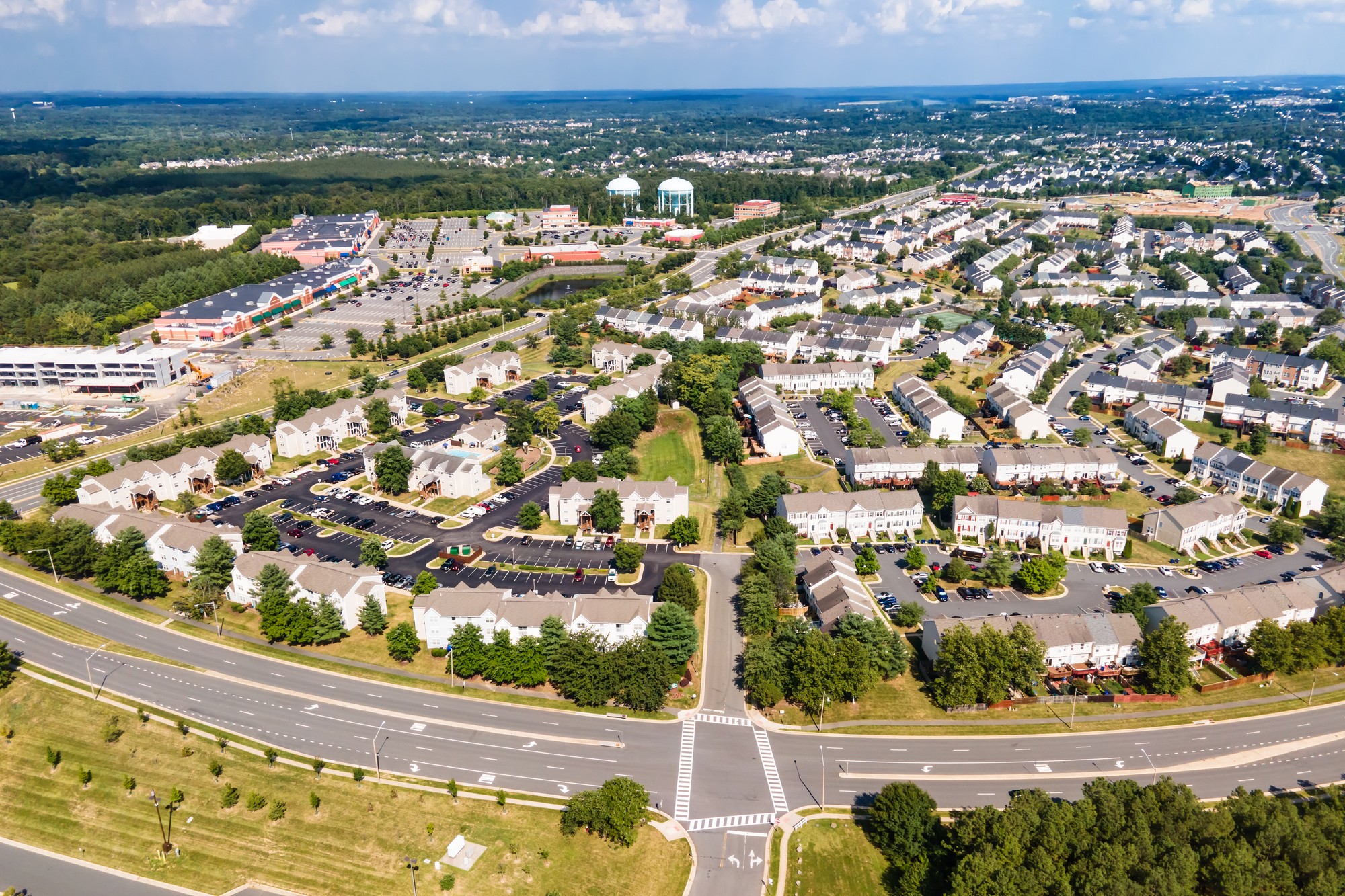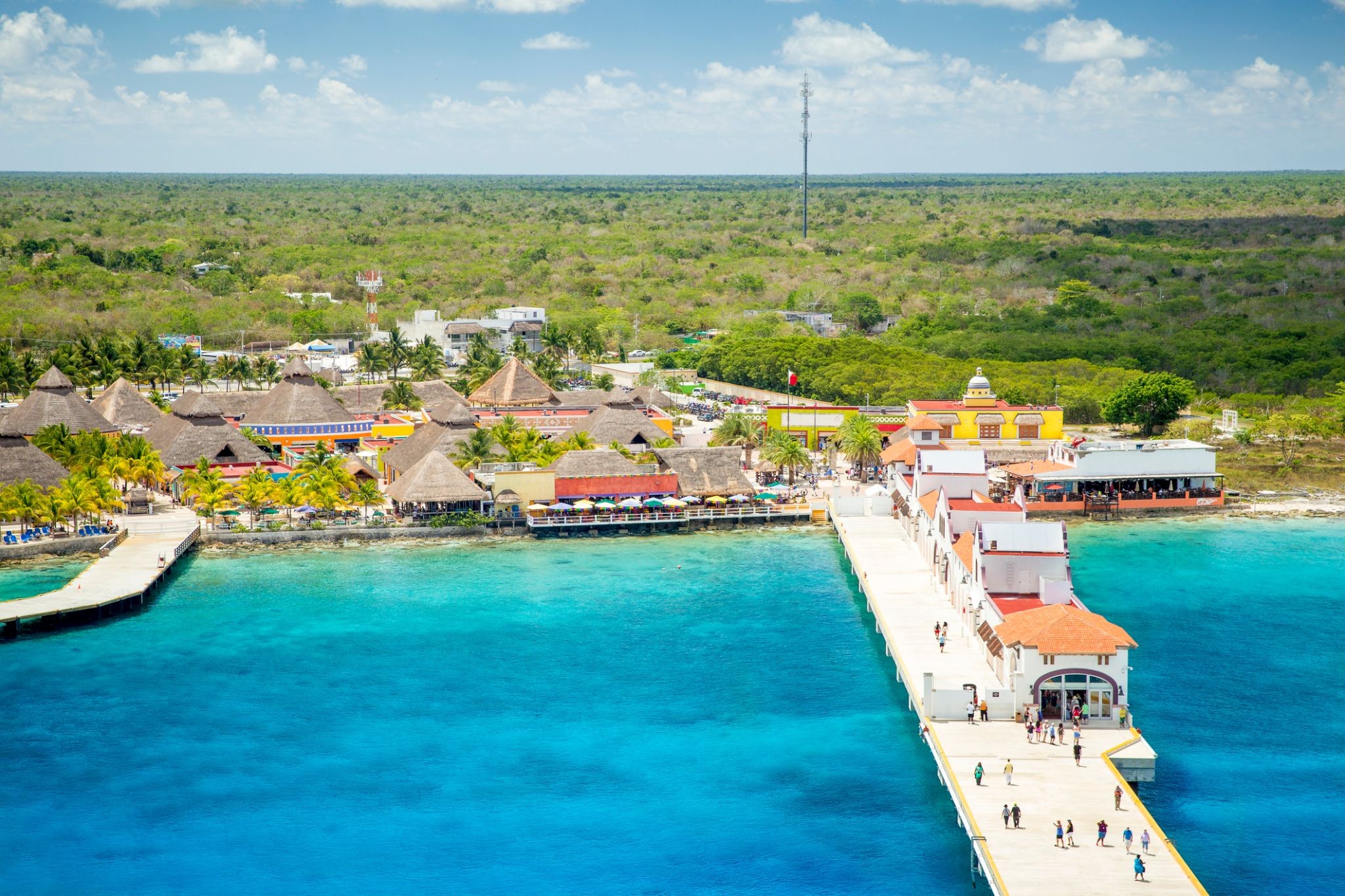Rejs 30 930 983
Karaiby - Inny produkt
| Region rejsu : Karaiby |
| Firma : Norwegian Cruise Lines |
| Statek : Norwegian Viva |
| Data rozpoczęcia : sob. 10 sty 2026 |
| Data zakończenia : sob. 24 sty 2026 |
| Liczba nocy : 14 nocy |
Harmonogram
| Dzień | Data | Port | Wypłynięcie | Odpłynięcie |
|---|---|---|---|---|
| 1 | 10.01 sob. | Galveston / USA | 17:30 | |
| 2 | 11.01 niedz. | Dzień na morzu / Morze | ||
| 3 | 12.01 pon. | Dzień na morzu / Morze | ||
| 4 | 13.01 wt. | Świetny Sterrup Kay / Bahamy | 07:00 | 15:30 |
| 5 | 14.01 śr. | Dzień na morzu / Morze | ||
| 6 | 15.01 czw. | Tortola / Brytyjskie Wyspy Dziewicze | 13:00 | 20:00 |
| 7 | 16.01 pt. | St. John's Antigua / Antigua i Barbuda | 08:00 | 17:30 |
| 8 | 17.01 sob. | Philipsburg / Saint Martin | 08:00 | 17:30 |
| 9 | 18.01 niedz. | San Juan / Portoryko | 08:00 | 17:00 |
| 10 | 19.01 pon. | Puerto Plata / Dominikana | 09:00 | 18:00 |
| 11 | 20.01 wt. | Dzień na morzu / Morze | ||
| 12 | 21.01 śr. | Leesburg / USA | 09:00 | 16:00 |
| 13 | 22.01 czw. | San Miguel, wyspa Cozumel / Meksyk | 10:15 | 18:00 |
| 14 | 23.01 pt. | Dzień na morzu / Morze | ||
| 15 | 24.01 sob. | Galveston / USA | 08:00 |
- zakwaterowanie w 2-os. kabinie wybranej kategorii (cena zależy od położenia kabiny na pokładzie)
- serwis bagażowy podczas wejścia i zejścia ze statku
- serwis kabinowy (np. śniadanie w kabinie)
- 3 posiłki dziennie i przekąski między posiłkami
- napoje z dystrybutorów (woda, herbata, kawa, mleko, soki)
- korzystanie ze wszystkich urządzeń sportowo - rekreacyjnych znajdujących się na pokładzie statku (baseny, jacuzzi, boiska sportowe itp.)
- udział we wszystkich imprezach organizowanych na statku (przedstawienia w teatrze, koncerty, kino, pokazy, animacje itp.)
- opłaty portowe
- dojazdu do/z portu rozpoczęcia i zakończenia rejsu
- transferów (lotnisko/port/hotel)
- ewentualnych dodatkowych noclegów przed rejsem lub po rejsie
- kosztu wycieczek fakultatywnych
- posiłków w restauracjach specjalistycznych
- wydatków osobistych (fryzjer, pralnia, SPA fotograf, internet, telefon itp.)
- service charges (ok. 16-20 USD; 13,50-17 euro)/os./noc
- ubezpieczenia turystycznego
- kosztu wymaganych wiz
Payment Terms
To confirm your booking, a minimum deposit of 20% of the trip cost is required.
Final payment must be made no later than 90 days before the cruise departure.
The deposit or full payment must be made immediately after the booking is created, according to the payment terms. Payment can be made by invoice or using the following credit cards: American Express, MasterCard, and Visa. When paying by card, we require the following details: card number, cardholder's name, card expiration date, cardholder's postcode, and the three-digit security code on the back of the card.
Cruise Cancellation Policy
Period Before Departure Cancellation Fee
More than 29 days 20%
28 - 15 days 50%
14 - 8 days 75%
7 days or less+ 95%
The following cancellation fees will apply for confirmed Cruisetours packages:
Period Before Departure Cancellation Fee
More than 29 days 20%
28 days less+ 95%
-
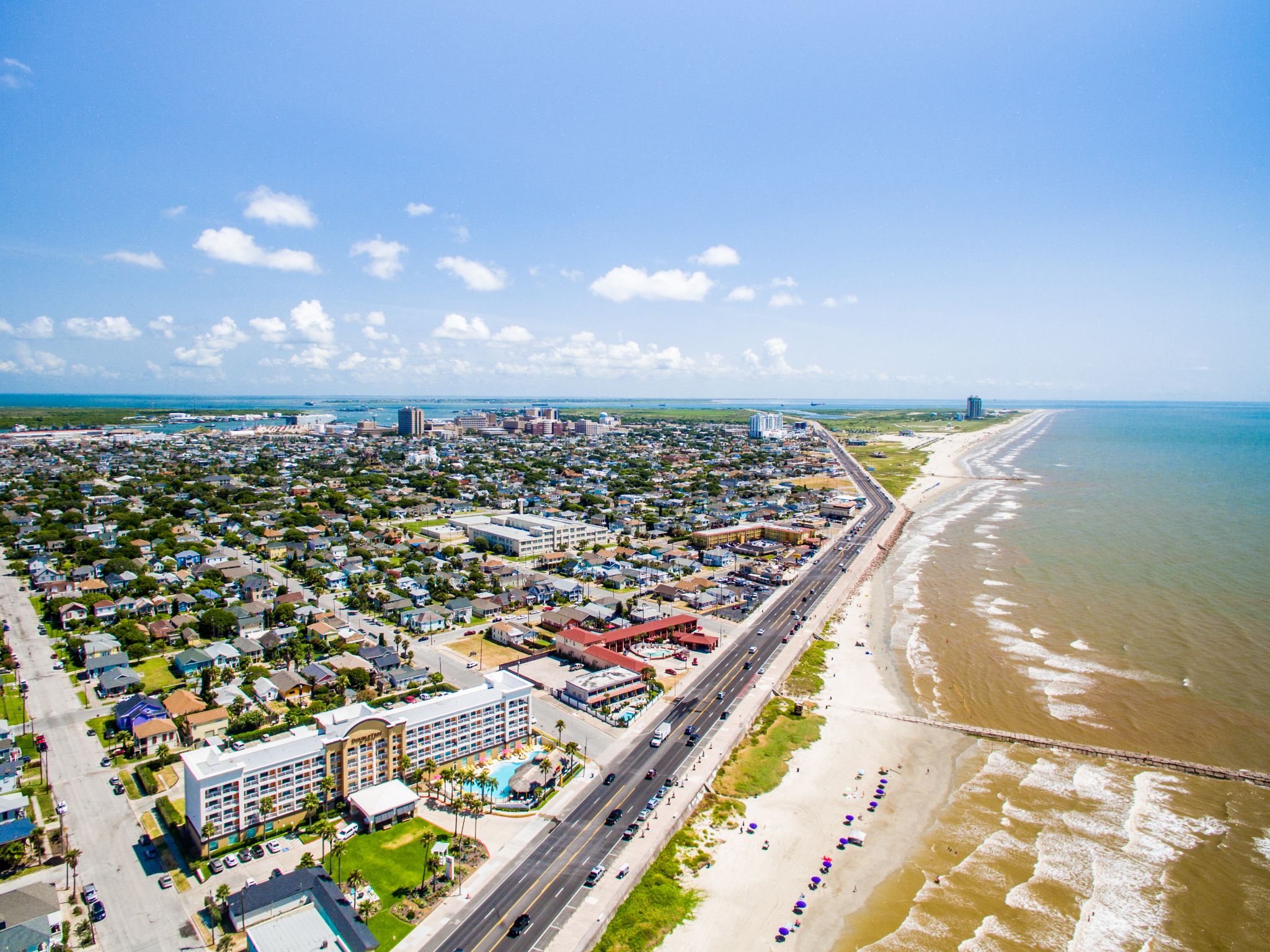 Dzień 1: 17:30
Dzień 1: 17:30Galveston / USA
Galveston is a coastal resort city and port off the southeast coast on Galveston Islandand Pelican Island in the American State of Texas. The community of 209.3 square miles (542 km2), with an estimated population of 50,180 in 2015, is the county seat of surrounding Galveston County and second-largest municipality in the county. It is also within the Houston–The Woodlands–Sugar Land metropolitan area at its southern end on the northwestern coast of the Gulf of Mexico.
Galveston, or Galvez' town, was named after the Spanish military and political leader in the 18th century: Bernardo de Gálvez y Madrid, Count of Gálvez (1746-1786), who was born in Macharaviaya, Málaga, in the Kingdom of Spain. Galveston's first European settlements on the Galveston Island were built around 1816 by French pirate Louis-Michel Aury to help the fledgling Republic of Mexico fight for independence from Spain, along with other colonies in the Western Hemisphere of the Americas in Central and South America in the 1810s and 1820s. The Port of Galveston was established in 1825 by the Congress of Mexico following its independence from Spain. The city was the main port for the fledging Texas Navy during the Texas Revolution of 1836, and later served temporarily as the new national capital of the now independent Republic of Texas.
During the 19th century, Galveston became a major U.S. commercial center and one of the largest ports in the United States. It was for a time, Texas' largest city, known as the "Queen City of the Gulf". It was devastated by the unexpected surprising Galveston Hurricane of 1900, whose effects included massive flooding and a storm surge which almost completely destroyed and wiped out the town. The natural disaster on the exposed barrier island is still ranked today as the deadliest in United States history, with an estimated death toll of 6,000 to 12,000 people. The city subsequently reemerged during the Prohibition era of 1919-1933 as a leading tourist hub and a center of illegal gambling nicknamed the Free State of Galveston until this era ended in the 1950s with subsequent other economic and social development.
Much of Galveston's economy is centered in the tourism, health care, shipping, and financial industries. The 84-acre (34 ha) University of Texas Medical Branch campus with an enrollment of more than 2,500 students is a major economic force of the city. Galveston is home to six historic districts containing one of the largest and historically significant collections of 19th-century buildings in the U.S., with over 60 structures listed on the National Register of Historic Places, maintained by the National Park Service in the United States Department of the Interior.
-
 Dzień 2:
Dzień 2:Dzień na morzu / Morze
-
 Dzień 3:
Dzień 3:Dzień na morzu / Morze
-
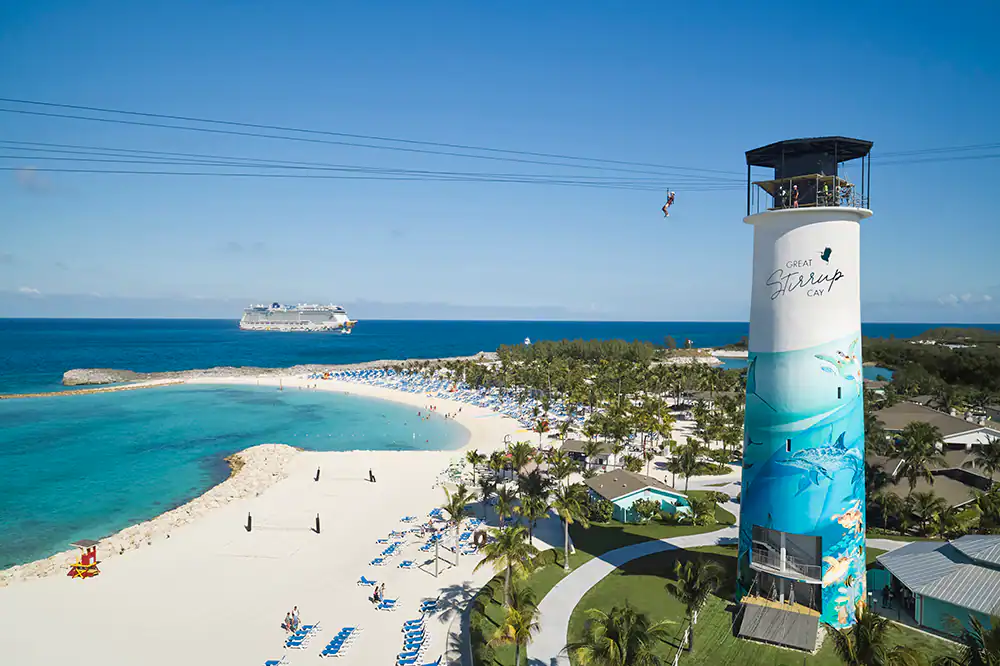 Dzień 4: 07:00-15:30
Dzień 4: 07:00-15:30Świetny Sterrup Kay / Bahamy
-
 Dzień 5:
Dzień 5:Dzień na morzu / Morze
-
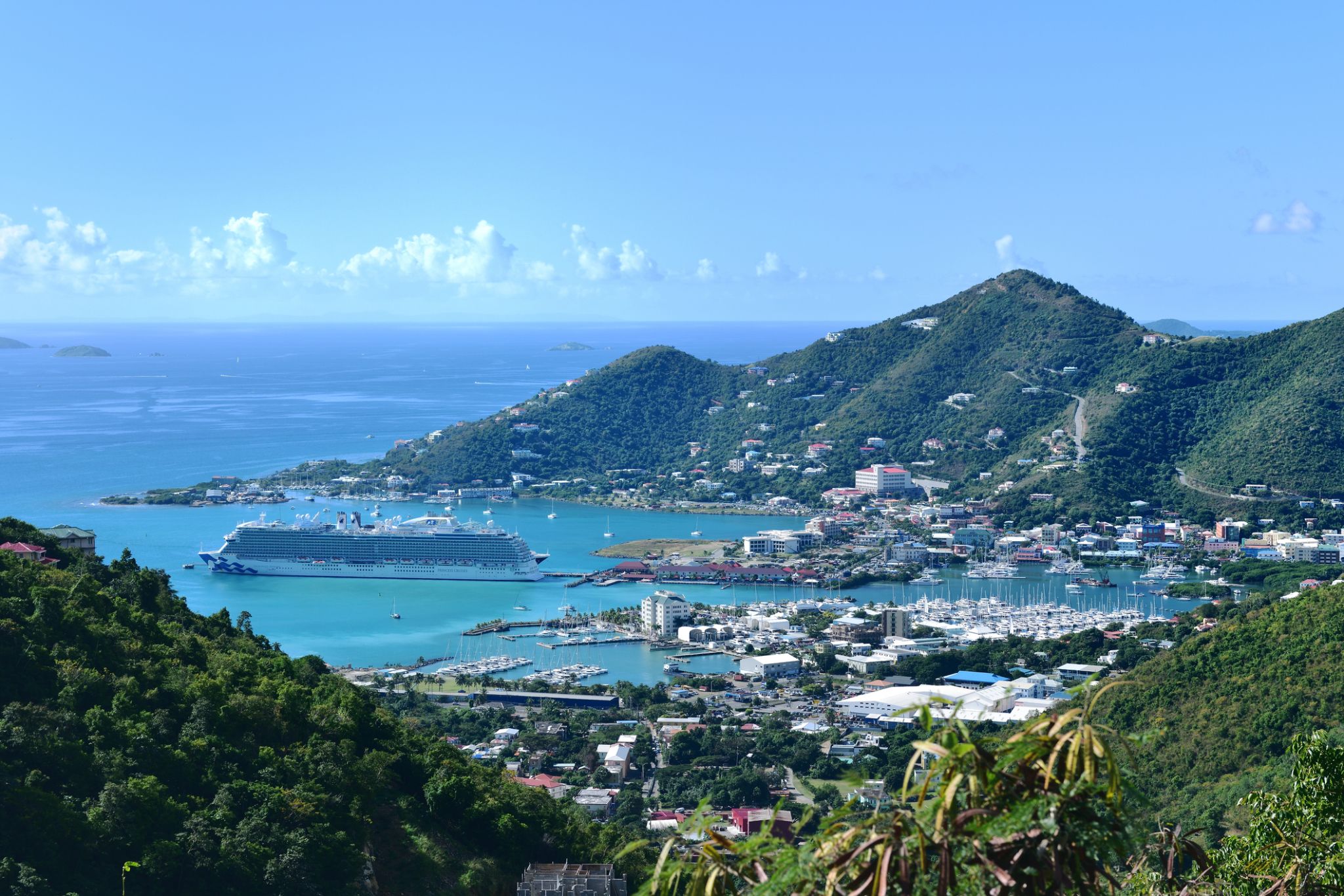 Dzień 6: 13:00-20:00
Dzień 6: 13:00-20:00Tortola / Brytyjskie Wyspy Dziewicze
-
 Dzień 7: 08:00-17:30
Dzień 7: 08:00-17:30St. John's Antigua / Antigua i Barbuda
-
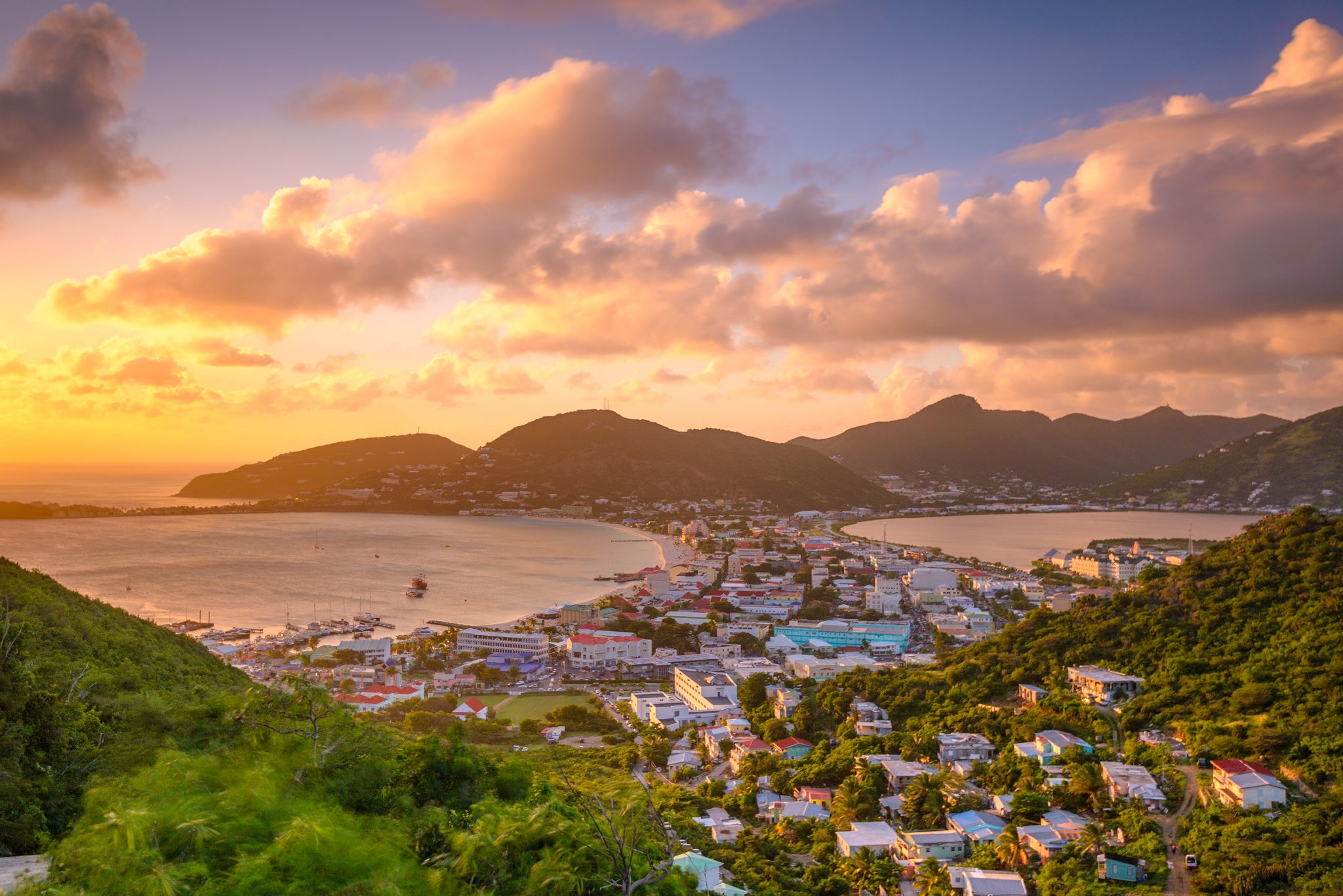 Dzień 8: 08:00-17:30
Dzień 8: 08:00-17:30Philipsburg / Saint Martin
-
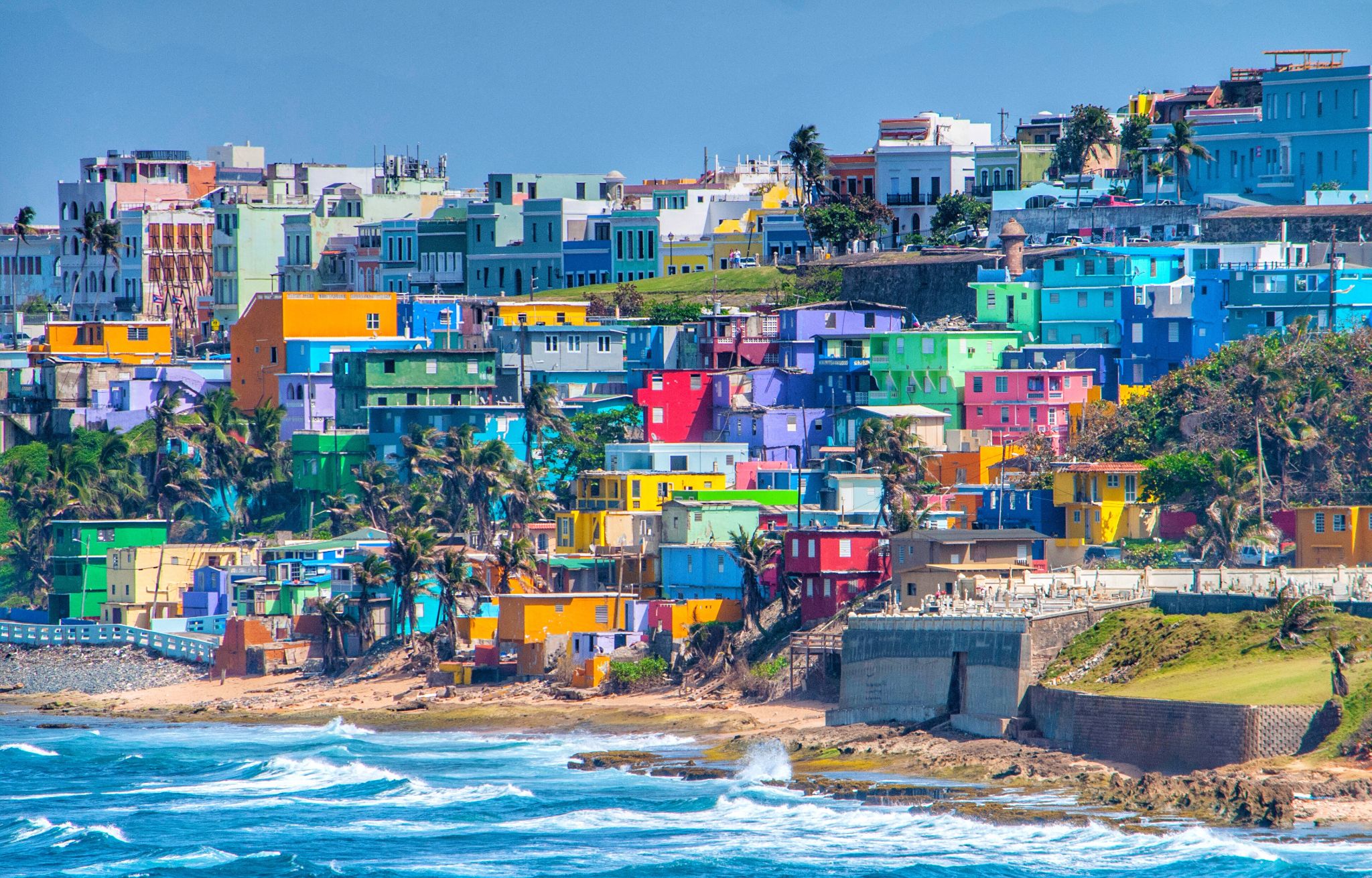 Dzień 9: 08:00-17:00
Dzień 9: 08:00-17:00San Juan / Portoryko
San Juan
-
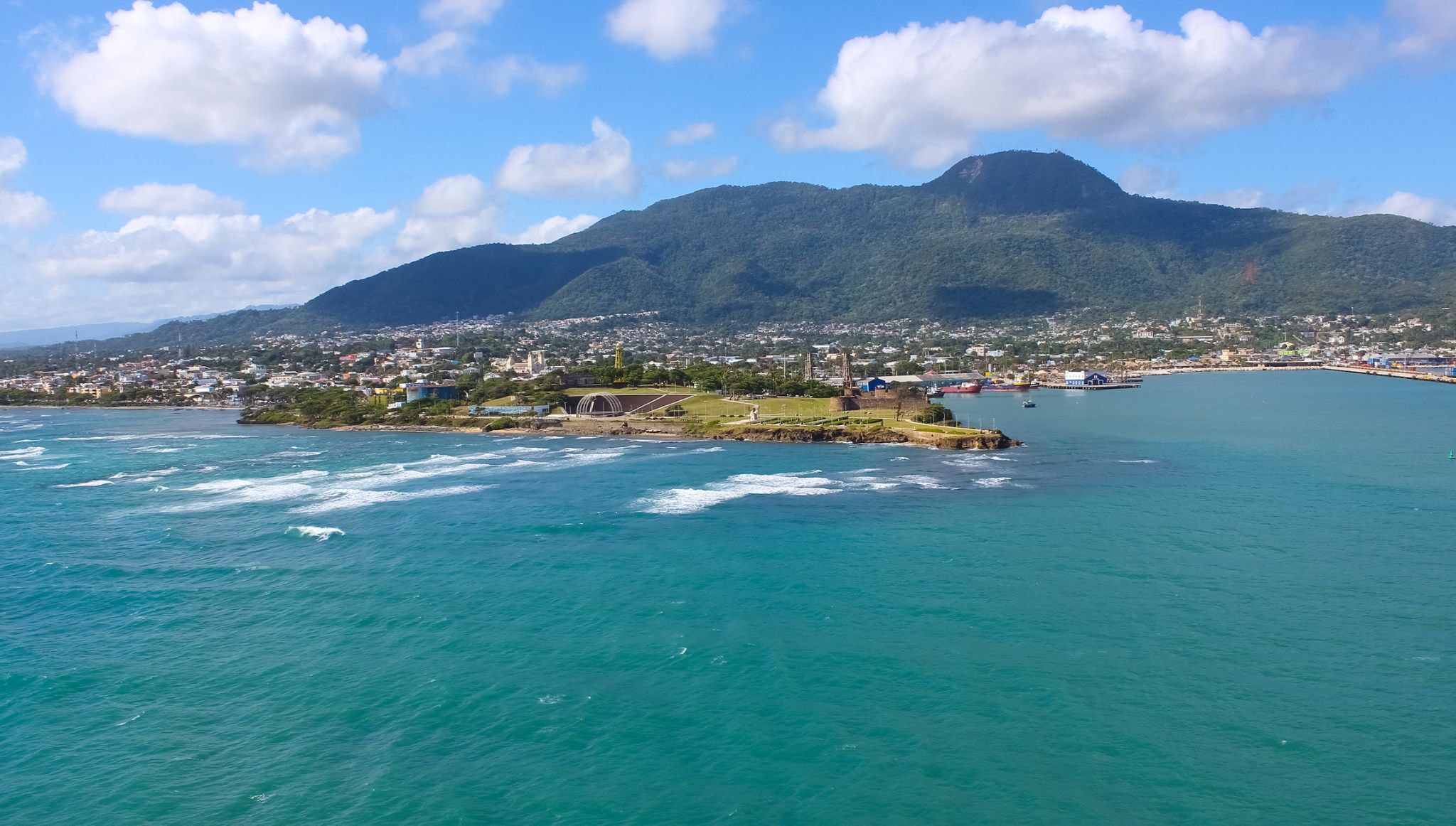 Dzień 10: 09:00-18:00
Dzień 10: 09:00-18:00Puerto Plata / Dominikana
-
 Dzień 11:
Dzień 11:Dzień na morzu / Morze
-
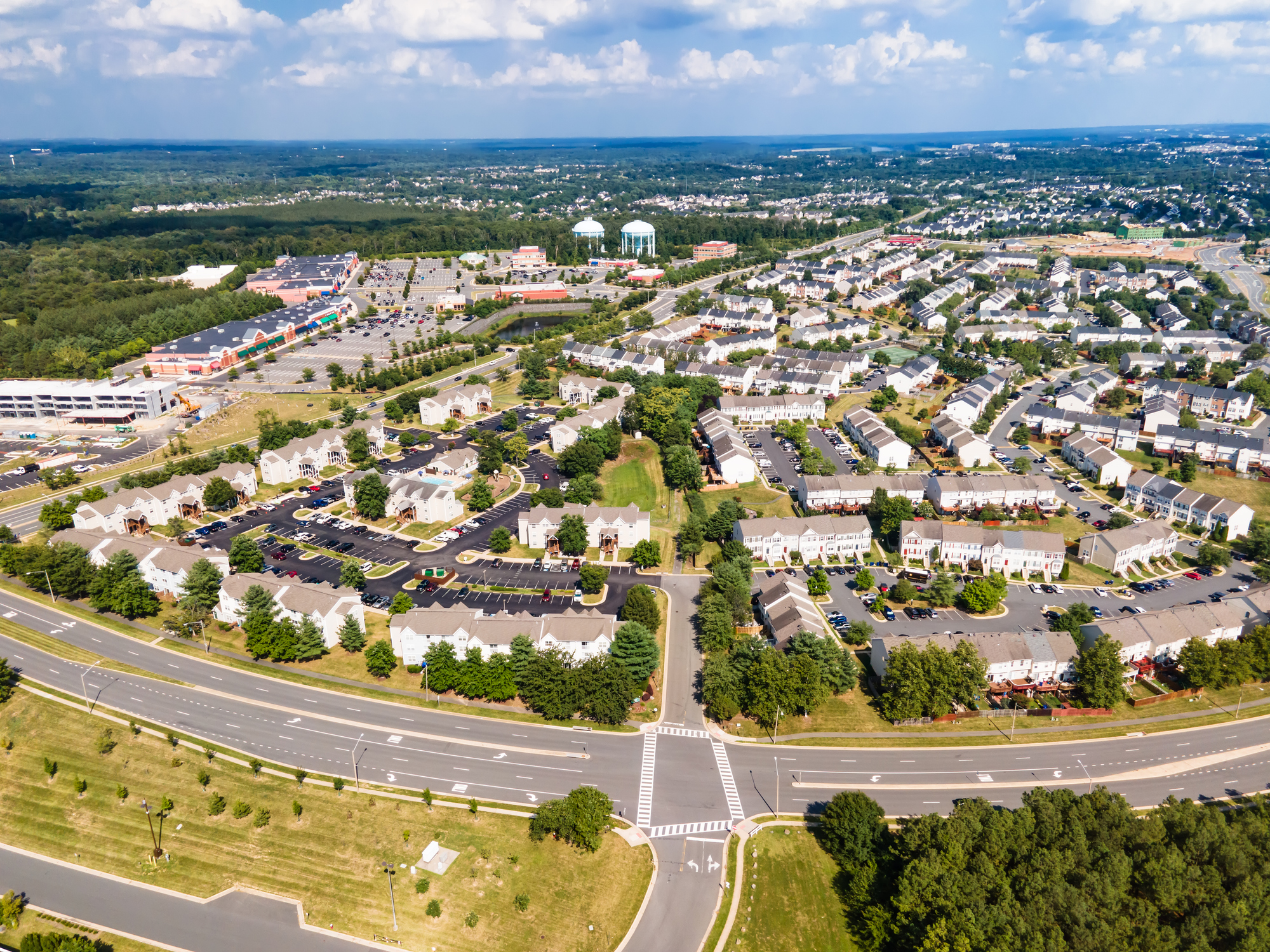 Dzień 12: 09:00-16:00
Dzień 12: 09:00-16:00Leesburg / USA
-
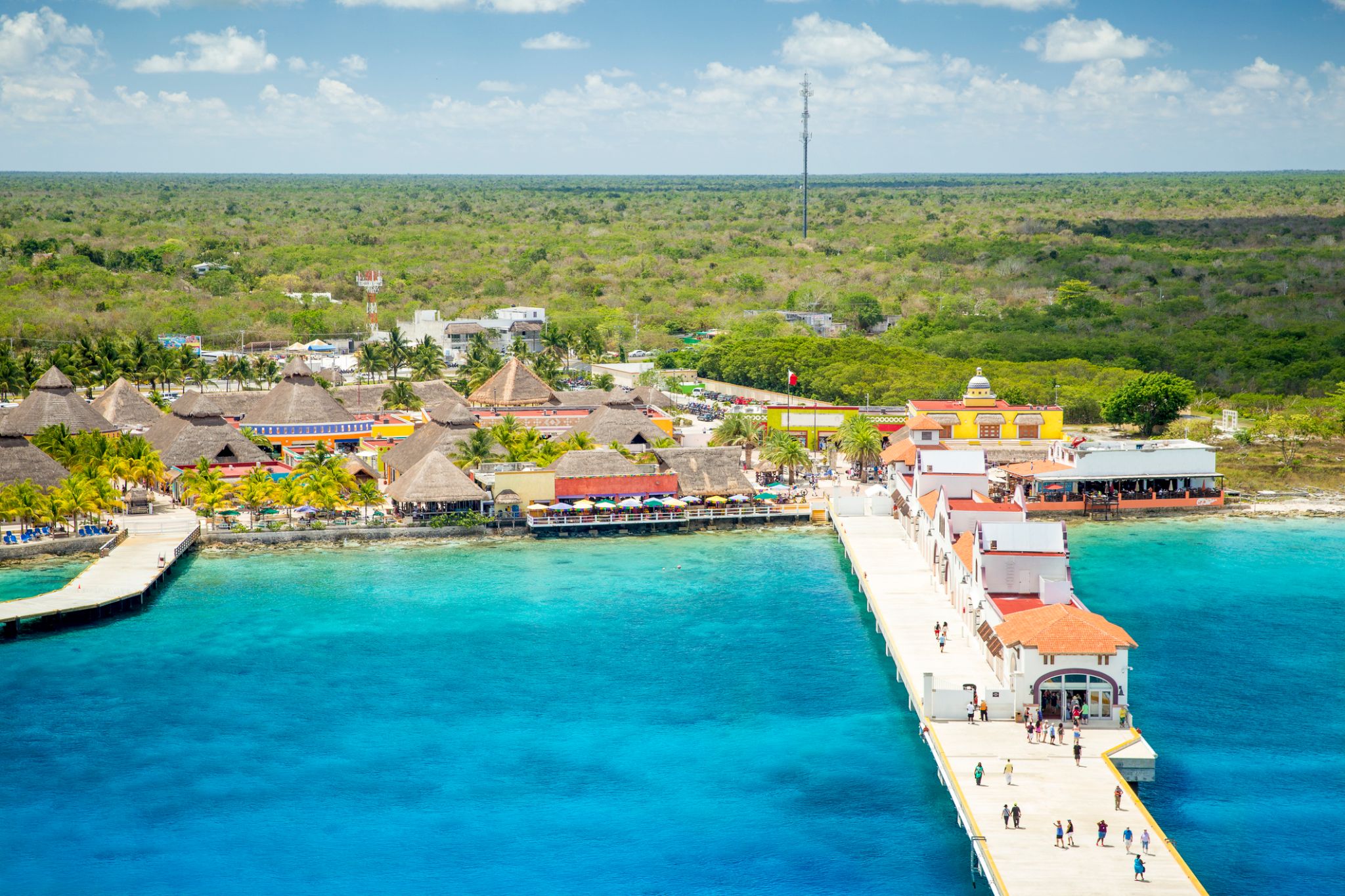 Dzień 13: 10:15-18:00
Dzień 13: 10:15-18:00San Miguel, wyspa Cozumel / Meksyk
-
 Dzień 14:
Dzień 14:Dzień na morzu / Morze
-
 Dzień 15: 08:00
Dzień 15: 08:00Galveston / USA
Galveston is a coastal resort city and port off the southeast coast on Galveston Islandand Pelican Island in the American State of Texas. The community of 209.3 square miles (542 km2), with an estimated population of 50,180 in 2015, is the county seat of surrounding Galveston County and second-largest municipality in the county. It is also within the Houston–The Woodlands–Sugar Land metropolitan area at its southern end on the northwestern coast of the Gulf of Mexico.
Galveston, or Galvez' town, was named after the Spanish military and political leader in the 18th century: Bernardo de Gálvez y Madrid, Count of Gálvez (1746-1786), who was born in Macharaviaya, Málaga, in the Kingdom of Spain. Galveston's first European settlements on the Galveston Island were built around 1816 by French pirate Louis-Michel Aury to help the fledgling Republic of Mexico fight for independence from Spain, along with other colonies in the Western Hemisphere of the Americas in Central and South America in the 1810s and 1820s. The Port of Galveston was established in 1825 by the Congress of Mexico following its independence from Spain. The city was the main port for the fledging Texas Navy during the Texas Revolution of 1836, and later served temporarily as the new national capital of the now independent Republic of Texas.
During the 19th century, Galveston became a major U.S. commercial center and one of the largest ports in the United States. It was for a time, Texas' largest city, known as the "Queen City of the Gulf". It was devastated by the unexpected surprising Galveston Hurricane of 1900, whose effects included massive flooding and a storm surge which almost completely destroyed and wiped out the town. The natural disaster on the exposed barrier island is still ranked today as the deadliest in United States history, with an estimated death toll of 6,000 to 12,000 people. The city subsequently reemerged during the Prohibition era of 1919-1933 as a leading tourist hub and a center of illegal gambling nicknamed the Free State of Galveston until this era ended in the 1950s with subsequent other economic and social development.
Much of Galveston's economy is centered in the tourism, health care, shipping, and financial industries. The 84-acre (34 ha) University of Texas Medical Branch campus with an enrollment of more than 2,500 students is a major economic force of the city. Galveston is home to six historic districts containing one of the largest and historically significant collections of 19th-century buildings in the U.S., with over 60 structures listed on the National Register of Historic Places, maintained by the National Park Service in the United States Department of the Interior.

